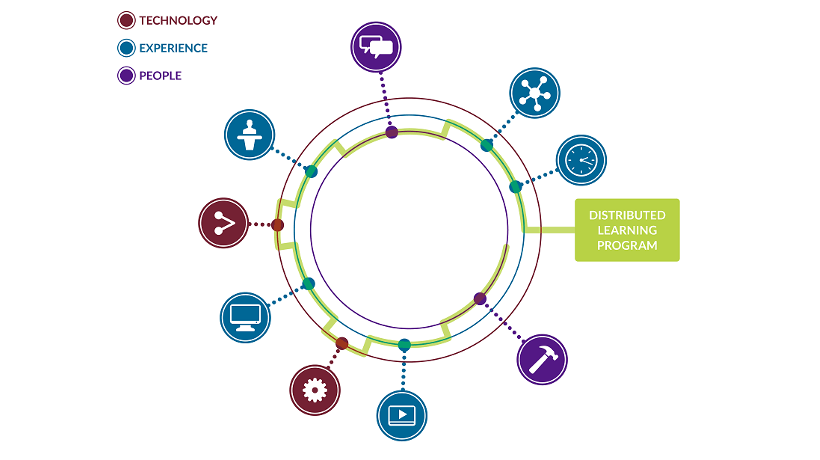February 11, 2016
6 Tell-Tale Signs That Your Employees Are Ready For Online Training
There are times when corporate learners may be reluctant or wary about the idea of online training. There are instances when employees are ready and willing to get the corporate eLearning show on the road. In this article, I'll highlight the 6 tell-tale signs to look for that indicate your corporate audience are eager and excited for an online training program.
by Christopher Pappas











